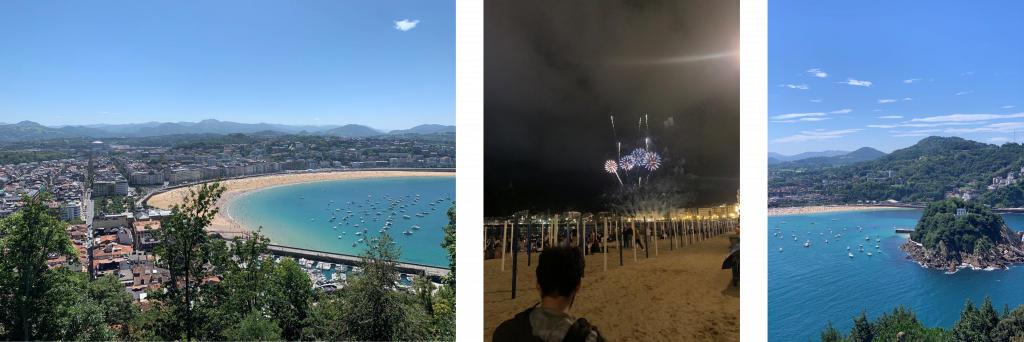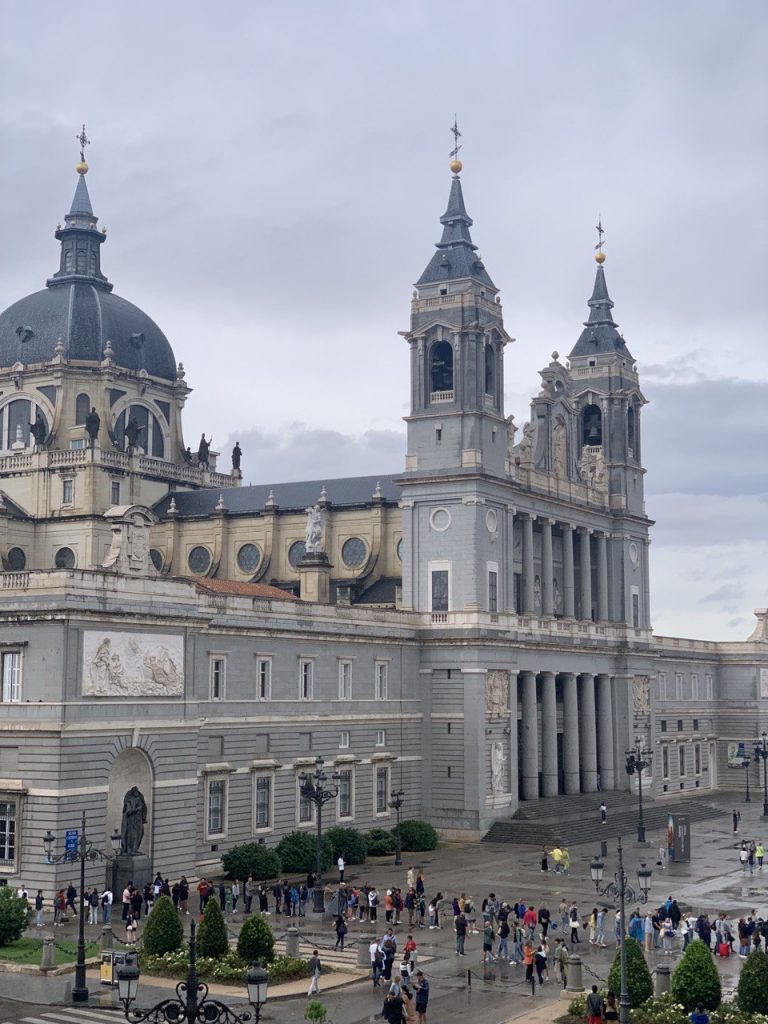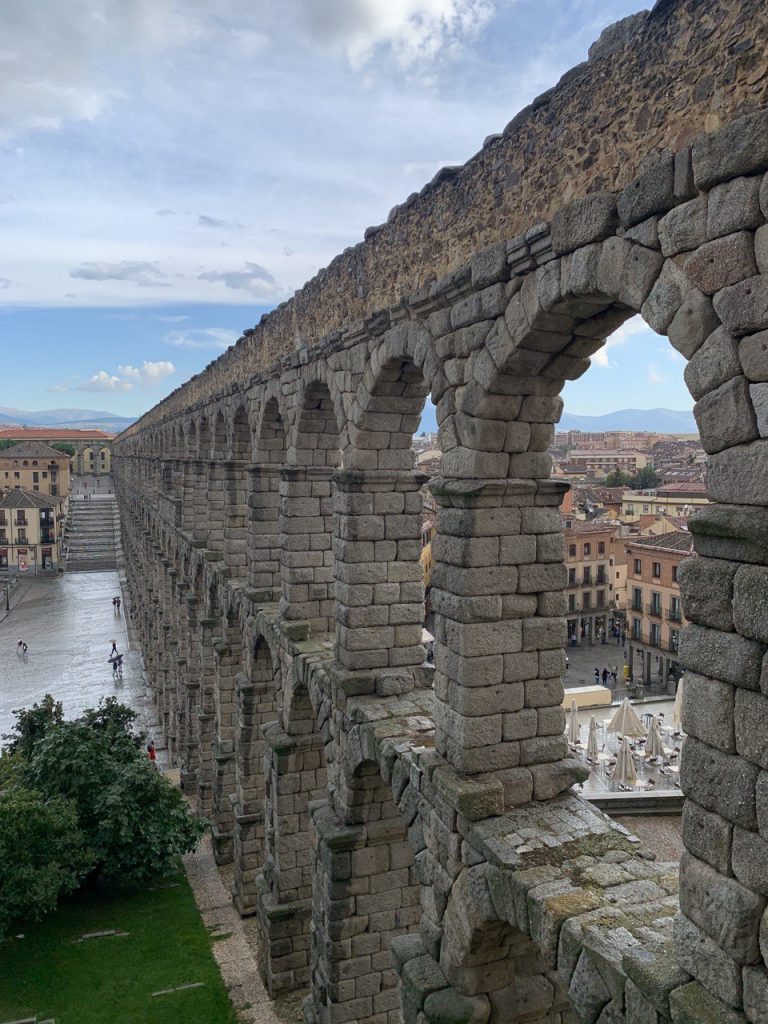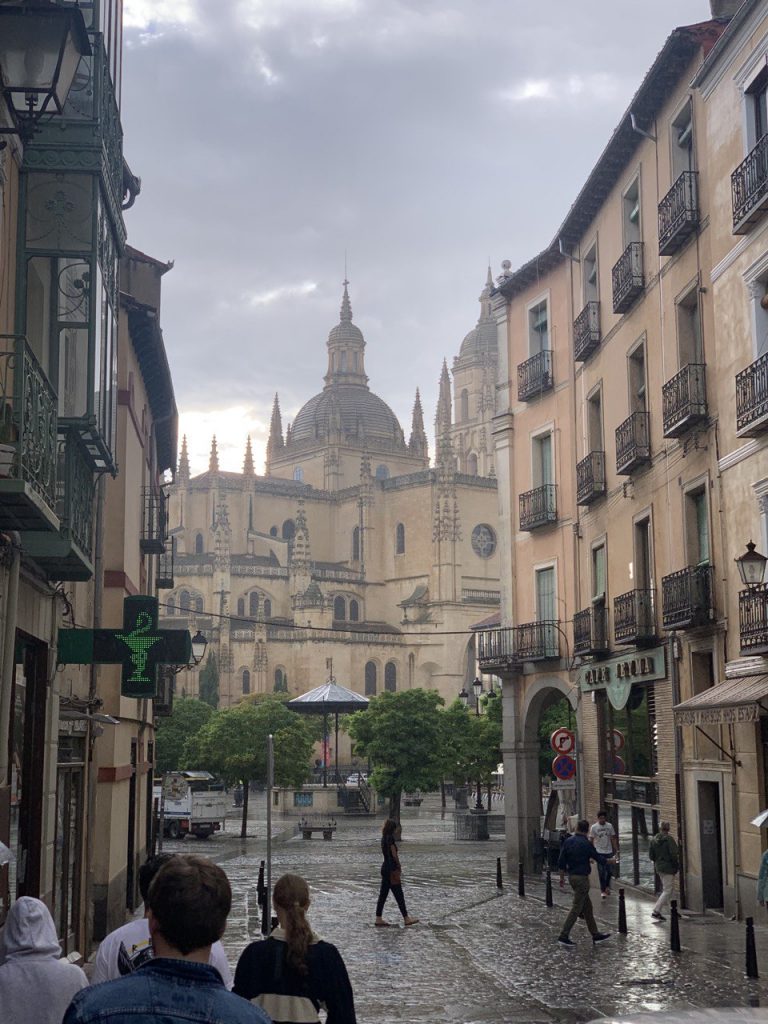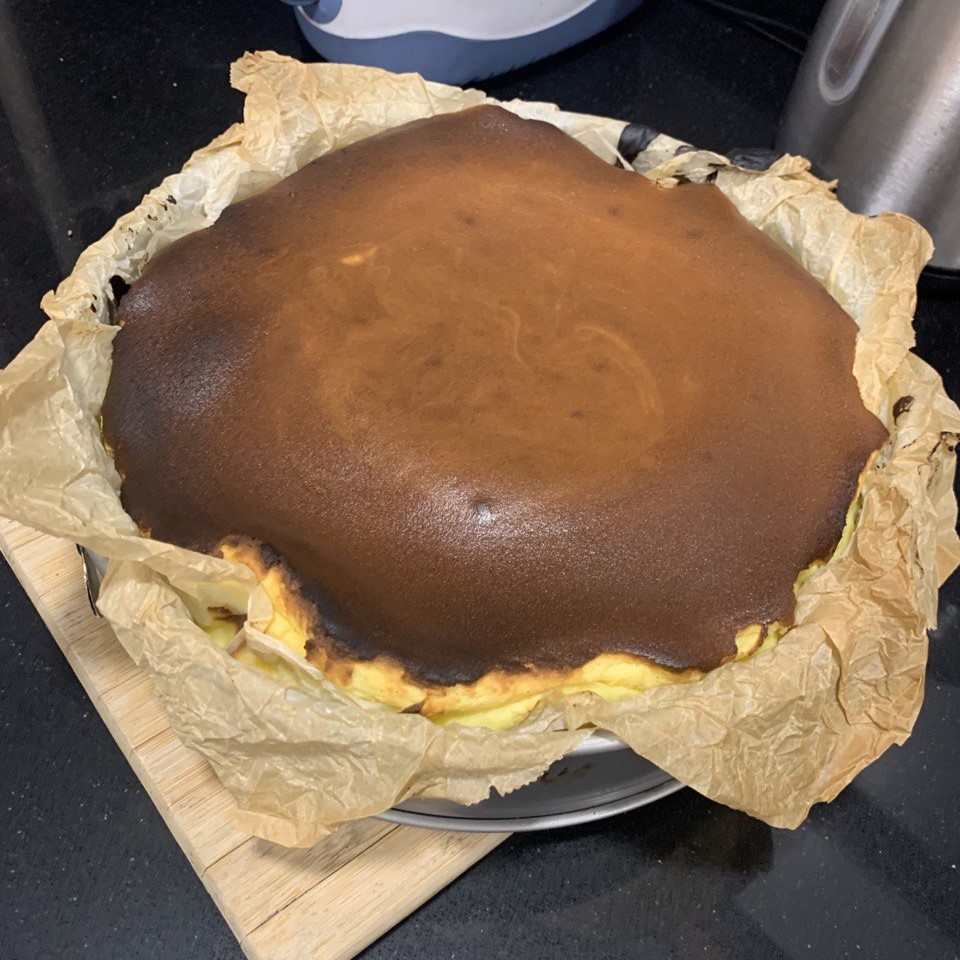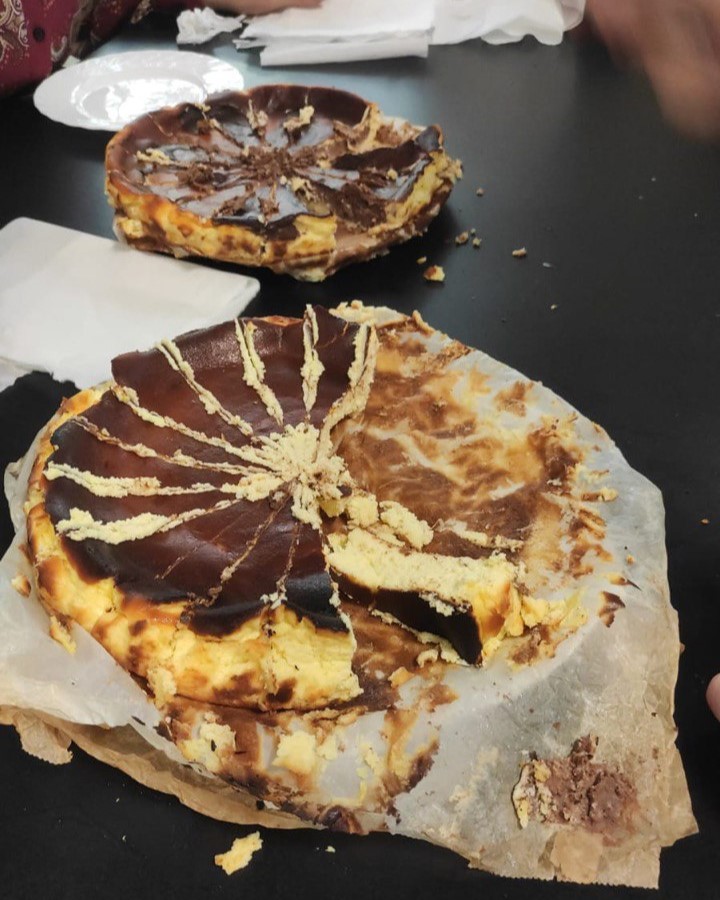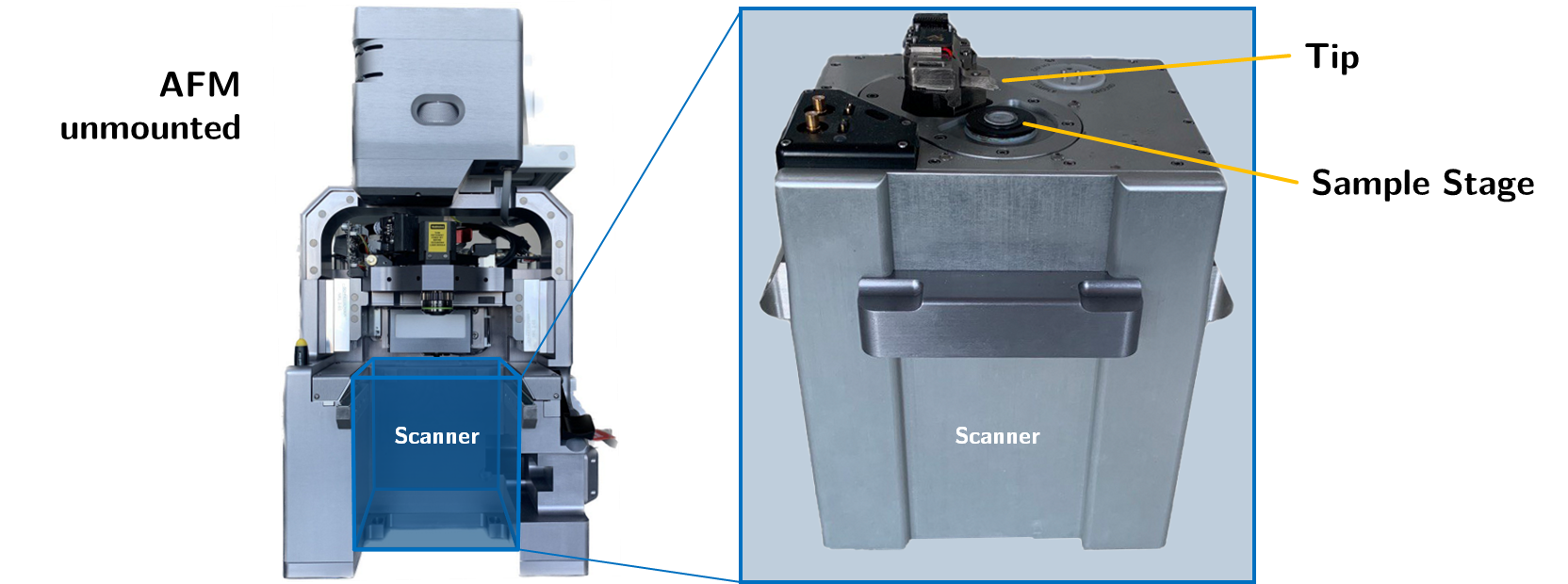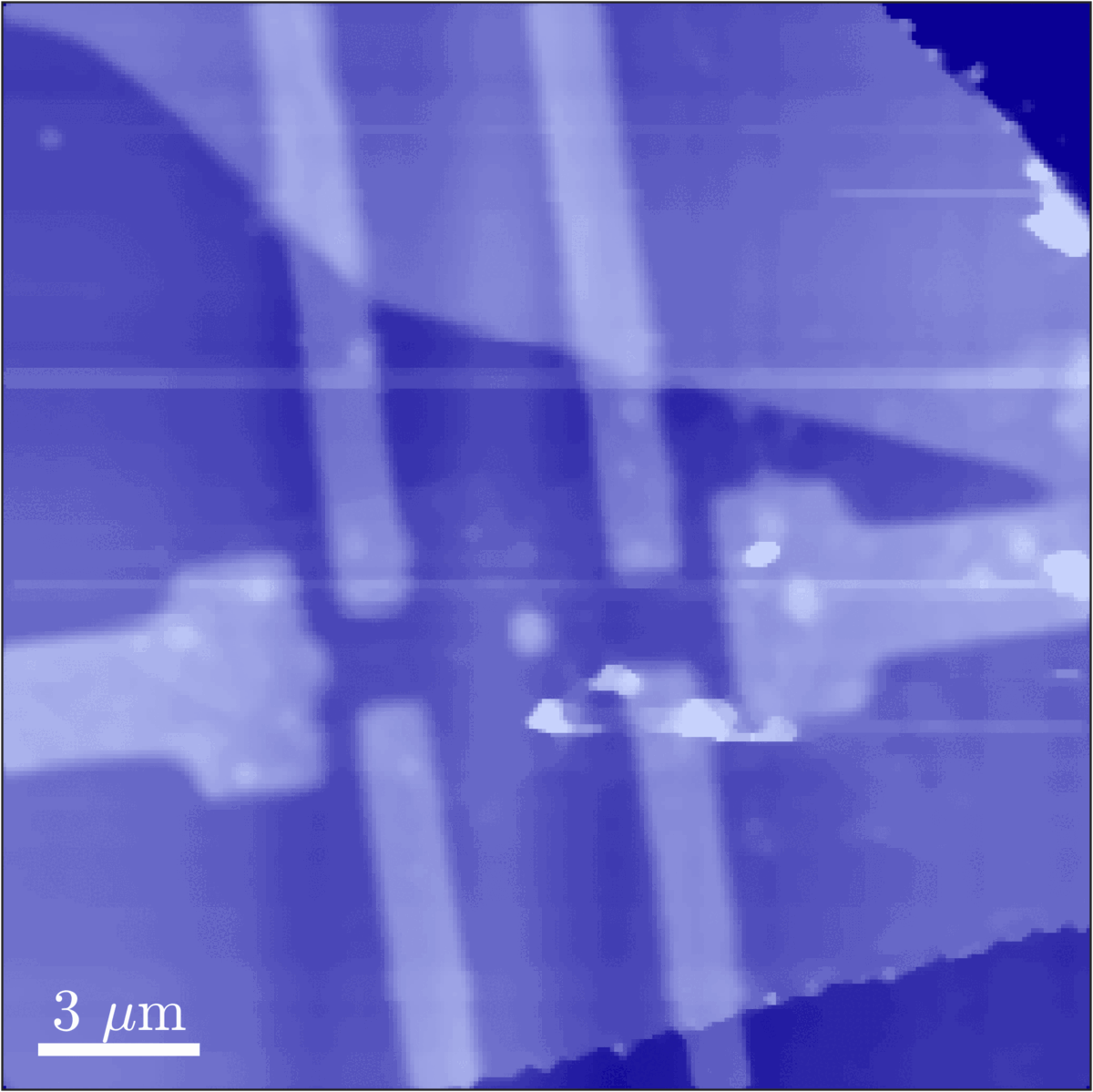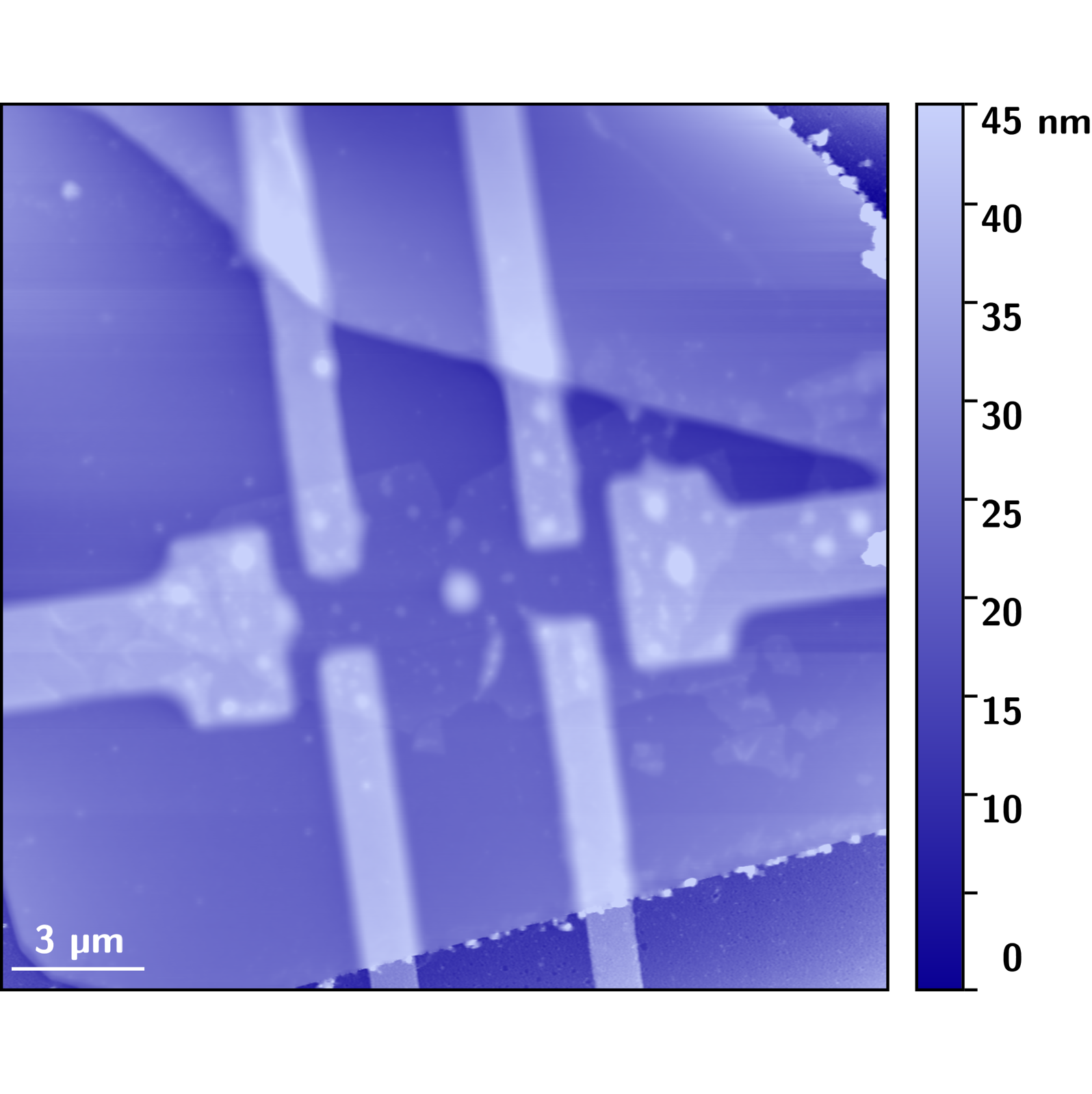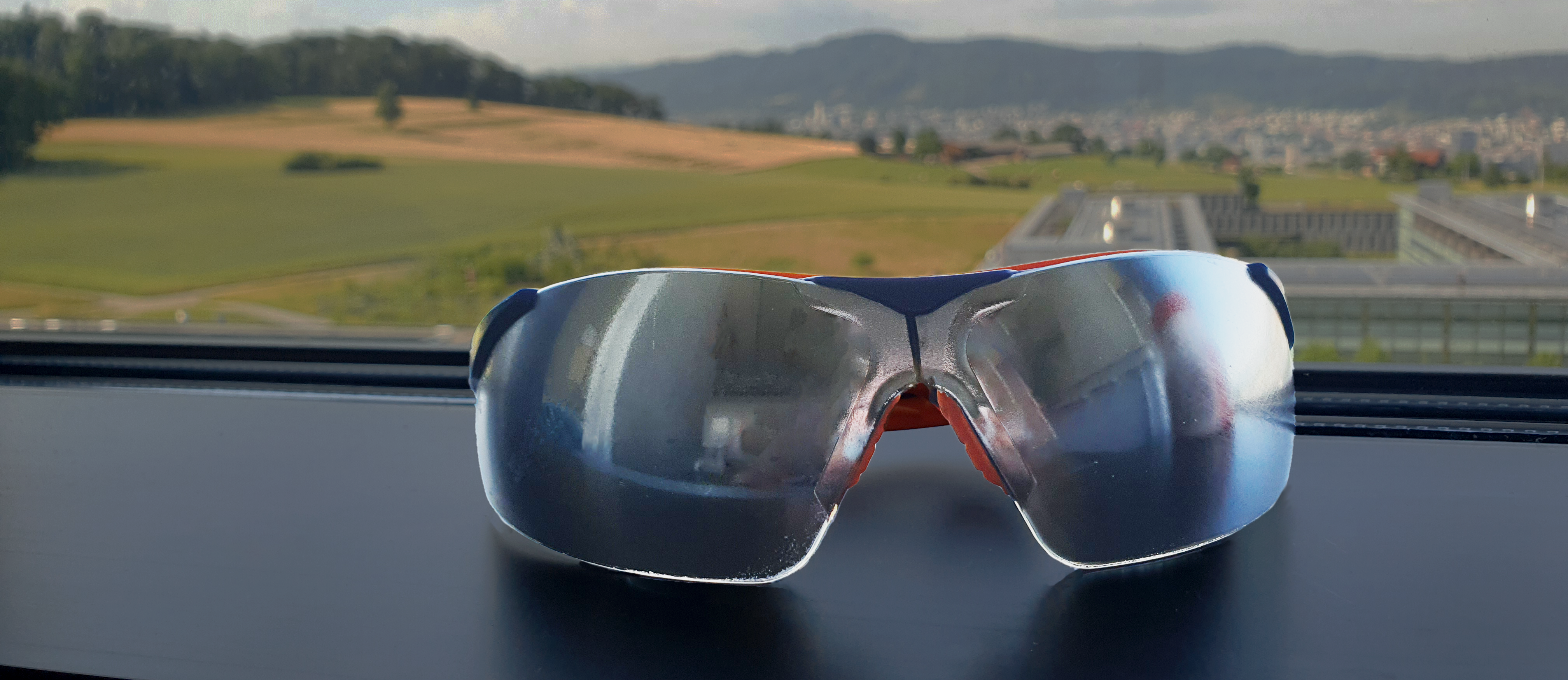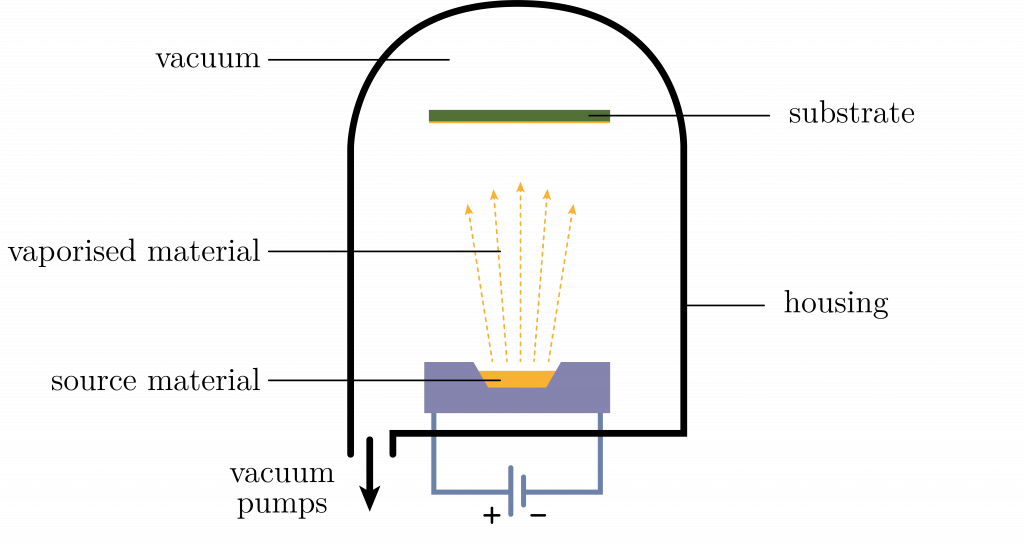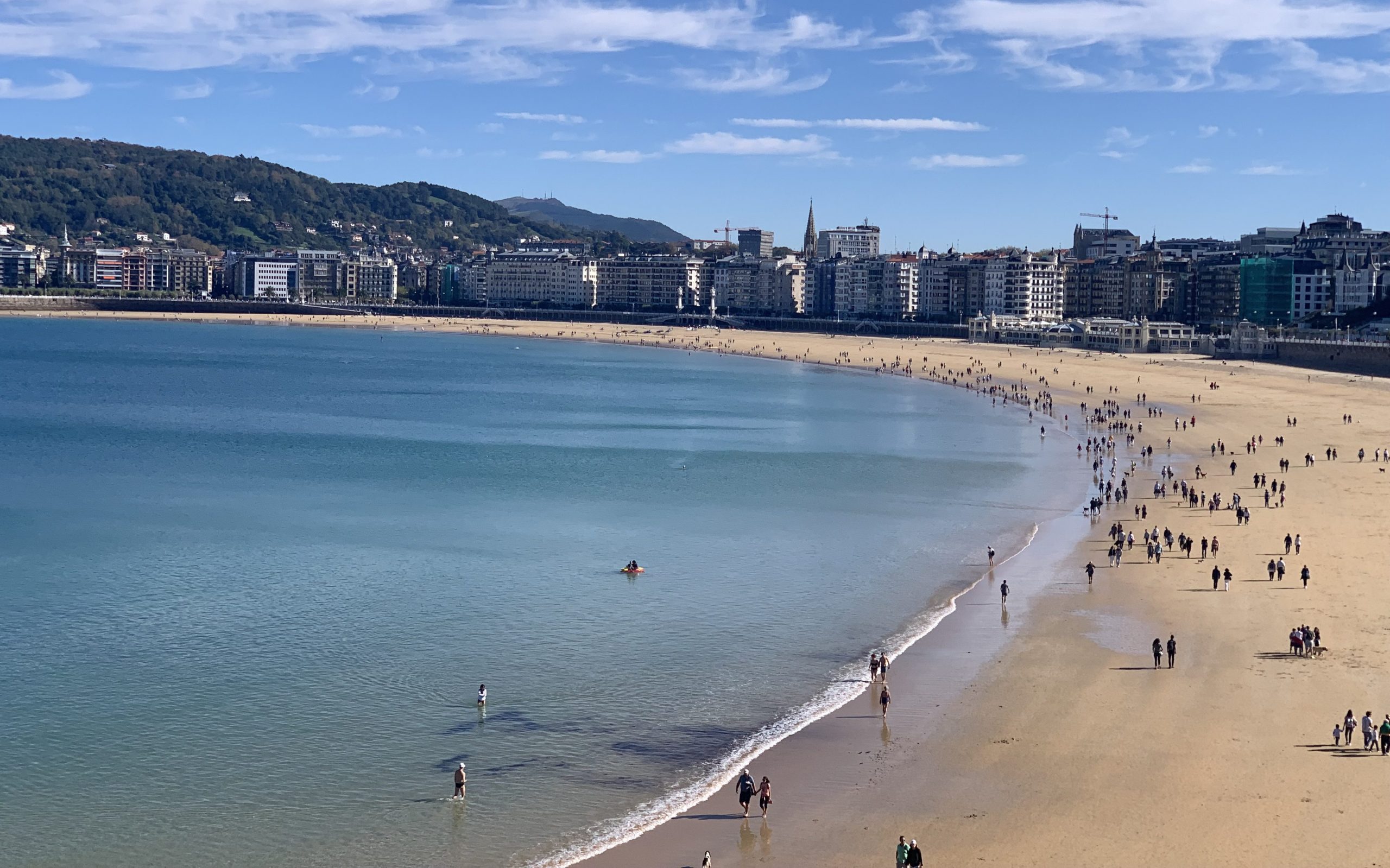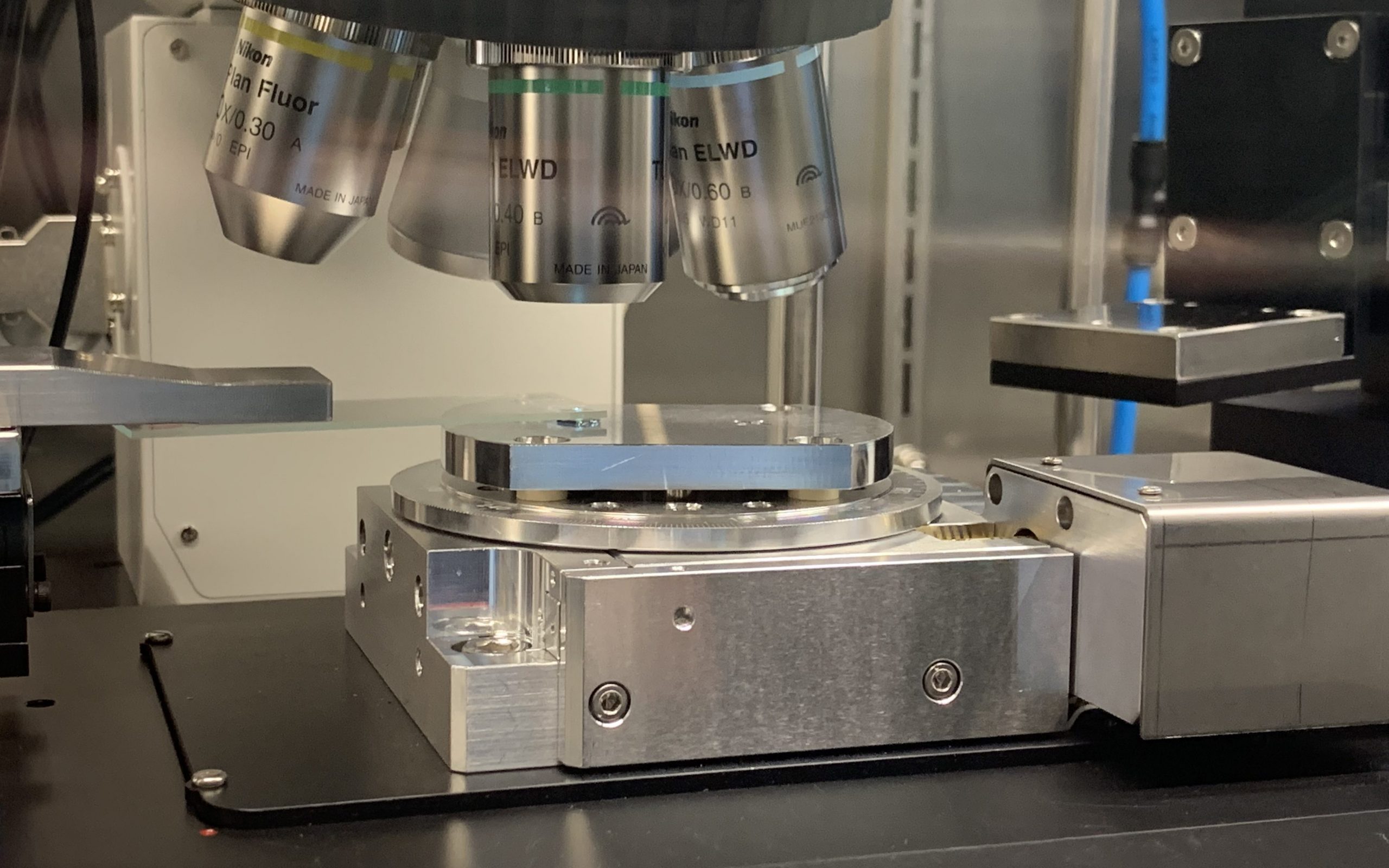In addition to conducting research, presenting research is a crucial part of a PhD student’s life. Whether in the form of posters or talks at conferences, presenting your research is as important as the results themselves. An engaging presentation increases the likelihood that your work will be appreciated and, more importantly, understood. The most important goal is to improve the accessibility of knowledge. In particular, intuitive graphics and diagrams can be used to convey content more effectively. That is why we invest a lot of time and effort in creating high-density graphics. Depending on the type of content, such as posters, presentations or papers, different standards are applied.
In the case of a poster, the aim is to attract the interest of passers-by. The content must be visually appealing to attract people casually passing by. Given the limited space, the content must be well condensed without visually overwhelming the viewer. This is where an unconventional design can score points and allow for more creative freedom.

The original plots on the left were transformed and merged using a vector graphics programme into the figure on the right, which was used in a poster I presented at ICM24 in Bologna.
When designing a presentation, you are not limited by space, but by time, which requires well thought-out storytelling. In the case of a presentation, the focus is on clarity to effectively convey knowledge to the audience, while at the same time being visually appealing to keep their attention. It is important that the slides support the presentation and are not the presentation itself.

This type of image is intended to provide a concise and easy-to-understand overview and timeline of the processes used to support the text version.
Figures for papers are very different, where information density needs to be maximised. Since the number of pages and figures is usually very limited, careful planning is required to decide what content needs to be presented. As figures are often made up of different sub-plots, the structure must be rigorous to ensure that the content is intuitively understandable and the relationships are clear. I want wo use an example from my Master thesis, where represented the process steps to fabricate the samples:

This type of image is intended to provide a concise and easy-to-understand overview and timeline of the processes used to support the text version.
Creating figures and schematics allows me to use my creative and graphic design skills, which is a nice balance to my working day. The process of translating complex data into clear and engaging visuals is both challenging and fulfilling. Creating these graphics allows me to combine scientific accuracy with an artistic touch, making the information more accessible. Whether I’m designing a poster, presentation or figure for a paper, I find satisfaction in the careful attention to detail required. This combination of creativity and science makes presenting research an enjoyable and meaningful part of my job.

